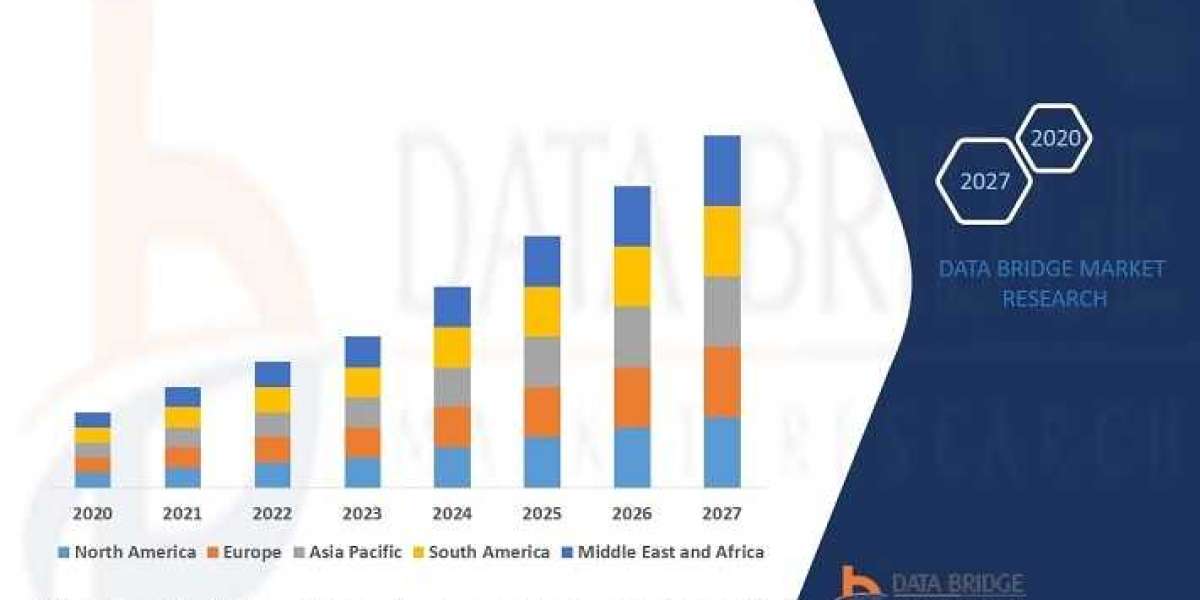Zero-Trust Onboarding is a strategic approach to network security that emphasizes continuous authentication, strict access controls, and dynamic policy enforcement to mitigate the risk of insider threats, data breaches, and unauthorized access. In today's evolving threat landscape, where traditional perimeter-based security measures are no longer sufficient, Zero-Trust Onboarding offers a proactive and adaptive security model that aligns with the principles of least privilege and continuous monitoring. In this guide, we'll delve into the concept of Zero-Trust Onboarding, its key components, and how organizations can implement it to bolster their cybersecurity posture.
Key Components of Zero-Trust Onboarding:
Continuous Authentication: Zero-trust onboarding relies on continuous authentication mechanisms to verify the identity and authorization of users and devices throughout their interaction with the network. This involves multi-factor authentication (MFA), biometric authentication, device posture assessment, and behavioral analytics to ensure that only authorized entities gain access to network resources.
Strict Access Controls: Zero-Trust Onboarding enforces strict access controls based on the principle of least privilege, granting users and devices access only to the resources and services necessary to perform their specific roles and functions. Access policies are dynamically enforced based on contextual factors such as user identity, device type, location, time of access, and risk posture.
Micro-Segmentation: Micro-segmentation is a core component of Zero-Trust Onboarding that divides the network into smaller, isolated segments or zones, each with its own security policies and controls. This limits the lateral movement of threats and contains potential breaches within isolated segments, reducing the attack surface and minimizing the impact of security incidents.
Dynamic Policy Enforcement: Zero-Trust Onboarding leverages dynamic policy enforcement to adapt security controls and access permissions in real-time based on changing conditions and risk factors. Policies are continuously evaluated and adjusted to accommodate evolving threats, user behavior, device posture, and compliance requirements, ensuring that security remains effective and resilient in dynamic environments.
Continuous Monitoring and Analytics: Zero-Trust Onboarding incorporates continuous monitoring and analytics to detect anomalous behavior, security incidents, and policy violations in real-time. Advanced threat detection techniques, such as machine learning, anomaly detection, and behavior analysis, enable organizations to identify and respond to potential security threats proactively, minimizing the dwell time of attackers and mitigating the impact of breaches.
Benefits of Zero-Trust Onboarding:
Enhanced Security Posture: By adopting a Zero-Trust Onboarding approach, organizations can strengthen their security posture and reduce the risk of data breaches, insider threats, and unauthorized access. Continuous authentication, strict access controls, and micro-segmentation help prevent lateral movement and contain security incidents, limiting the exposure of sensitive assets and information.
Improved Compliance: Zero-Trust Onboarding helps organizations achieve and maintain regulatory compliance by enforcing granular access controls, monitoring user activity, and auditing network transactions. By aligning with industry standards and regulatory requirements, such as GDPR, HIPAA, PCI DSS, and NIST, organizations can demonstrate due diligence in protecting sensitive data and maintaining privacy.
Increased Operational Efficiency: Despite its stringent security measures, Zero-Trust Onboarding can improve operational efficiency by automating security processes, streamlining access management, and reducing the administrative overhead associated with manual security controls. Dynamic policy enforcement and continuous monitoring enable organizations to adapt to changing conditions and threats without sacrificing productivity or agility.
Enhanced User Experience: Zero-Trust Onboarding offers a seamless and frictionless user experience by providing secure access to resources and applications anytime, anywhere, and from any device. By implementing adaptive authentication mechanisms and contextual access controls, organizations can balance security requirements with user convenience, ensuring a positive and productive user experience.
Future-Proofing: Zero-Trust Onboarding is designed to adapt and evolve in response to emerging threats, technologies, and business requirements, providing organizations with a future-proof security framework that can withstand the challenges of tomorrow's digital landscape. By embracing Zero-Trust principles and investing in scalable, agile security solutions, organizations can stay ahead of evolving threats and maintain a competitive edge in the cybersecurity landscape.
Conclusion: Zero-Trust Onboarding represents a paradigm shift in network security, offering organizations a proactive and adaptive approach to mitigating cyber threats and protecting sensitive data. By implementing continuous authentication, strict access controls, micro-segmentation, dynamic policy enforcement, and continuous monitoring, organizations can strengthen their security posture, improve compliance, enhance operational efficiency, and deliver a seamless user experience. As organizations embrace digital transformation and navigate the complexities of today's interconnected world, Zero-Trust Onboarding emerges as a foundational strategy for building trust, resilience, and confidence in modern networks.
For more info. visit us:







